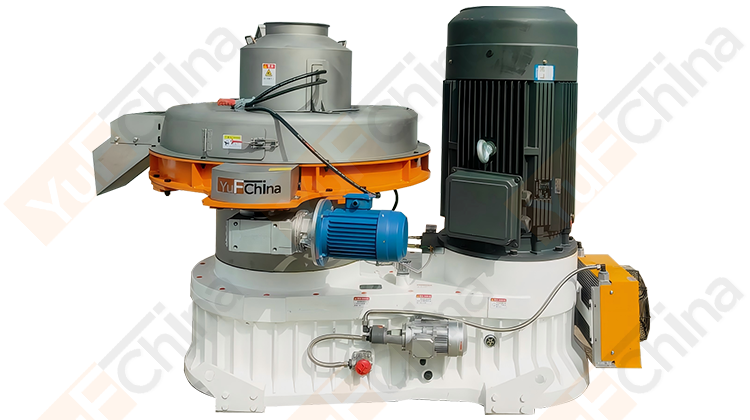Making Biomass Pellets from Rice Straw, Combining Environmental Benefits and Economic Returns
As the environmental conservation continues to grow, people are actively searching for sustainable resources for development. And wood pellets are the fastest growing than any bioenergy feedstock.
1. Current Utilization of Rice Straw
As an important agricultural waste, Rice straw as by-product with significant global production each year. However, the traditional handling methods didn't make sence of the valuable resources but also cause pollution to environment.
Therefore, people is seeking more sustainable treatment of the rice straw.
2. Press into Biomass Pellet for burning fuel
As a renewable energy, the biomass pellet being produced by steps such as grinding, drying, and pelletizing .
With widely raw material Application, rice straw being choosed by its wide availability and cheap cost. In Addition, wood, agricultural residues, MSW, RFD and other waste materials can also serve as feedstock for biomass pellet production.
The processing Steps for Rice straw as follows
Rice straw with certain humidity will be crushed into powder by a hammer mill, the pellet mill will press the crushed materials into pellets with diameters by 6-12mm and lengths between 20 and 40mm.
3. Advantages of Making Biomass Pellets from Rice Straw
Wide availability of raw materials: Rice straw, as a renewable resource, has a wide range of sources. This provides sufficient raw material guarantee for biomass pellet production, facilitating sustainable development.
Lower costs: Compared to fossil fuels, the preparation and usage costs of biomass materials, such as rice straw, are lower, offering better economic competitiveness. Additionally, utilizing rice straw to make biomass pellets can effectively reduce the costs of traditional treatment methods like incineration and composting, achieving the resource utilization of waste.
Environmental friendliness: As a clean energy source, biomass pellets have high combustion efficiency and emit fewer pollutants. Using biomass pellets as fuel helps reduce greenhouse gas emissions and air pollution, positively contributing to improving environmental quality.
Diversified applications: Biomass pellets made from rice straw can be utilized not only as fuel but also in fields like power generation and heating. This diversified application enables biomass pellets to have broader market prospects and development potential.
In conclusion, making rice straw pellets is an environmentally friendly and economically effective approach. By the force of increasing global energy demands, vigorously developing and promoting the biomass pellet industry is of great significance for achieving sustainable development. With continuous technological advancements and policy support, the prospects for making biomass pellets from rice straw are promising.












GET IN TOUCH WITH US